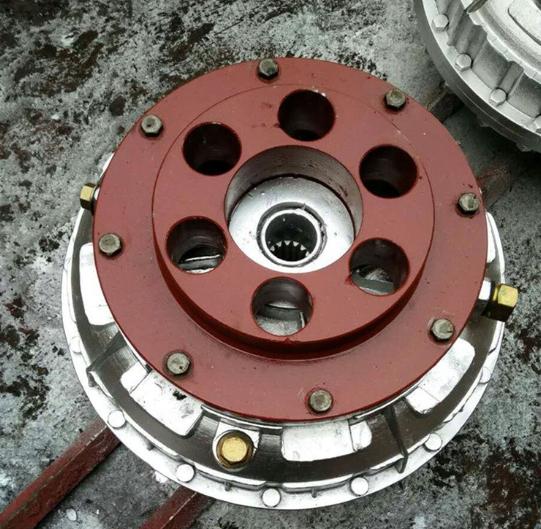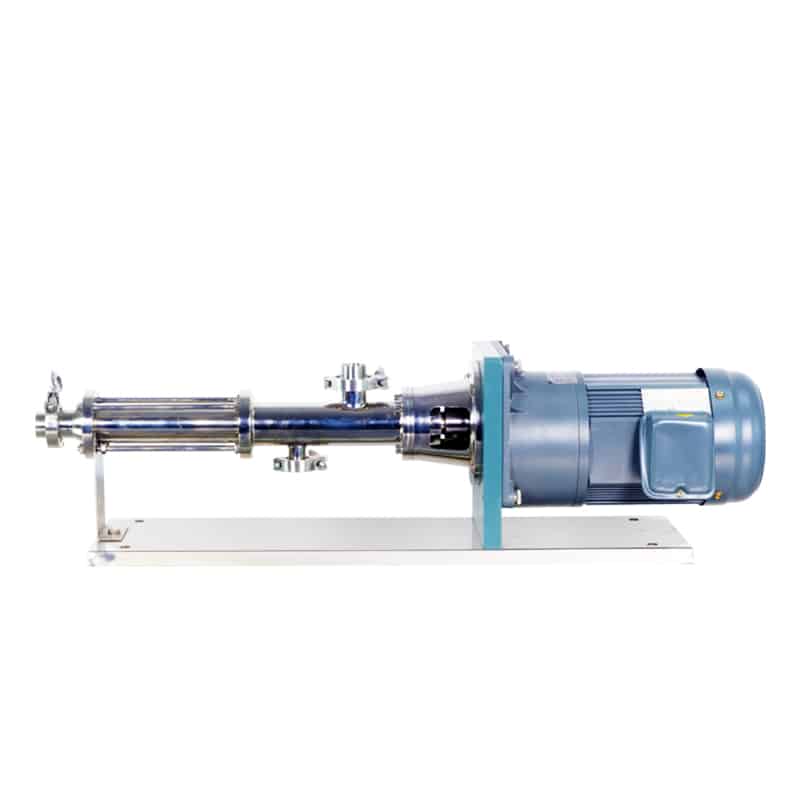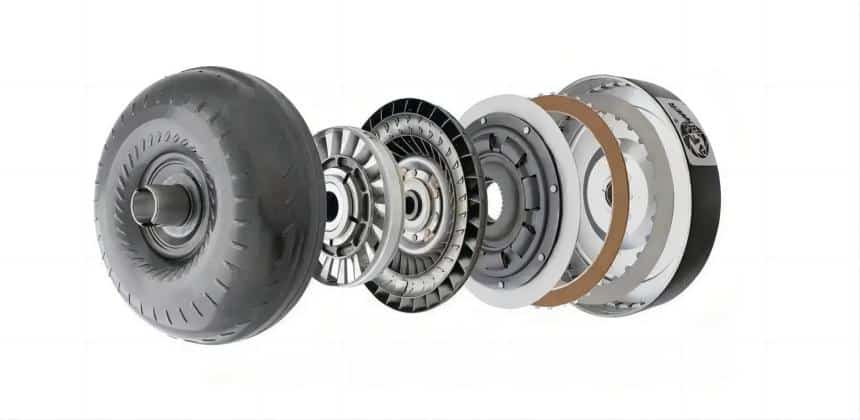Coupling Torque
Pumps play a vital role in a variety of industrial applications, from water treatment to chemical production, from pharmaceuticals to oil extraction. However, coupling torque is often overlooked in pump drives, even though it is one of the key factors in ensuring proper pump operation. This article will look at the role of coupling torque in pump drives and its importance, as well as how to correctly select and apply coupling devices to ensure the stability and efficiency of pump systems.
What is coupling torque?
Coupling torque is transmitted in a mechanical system due to coupling devices (e.g., couplings, gearing, etc.). Coupling torque occurs at the connection between two or more rotating parts, where the rotational motion of one part is transmitted to the other.

Characterization Of The Coupling Torque
- Transmissibility: Coupling torque can effectively transmit the motion and torque of one rotating part to another rotating part, thus realizing the transmission of force or power.
- Adjustability: Some coupling devices have an adjustable characteristic that allows the magnitude of the coupling torque to be adjusted or the torque to be limited to meet different operating requirements or to protect the mechanical system from overload.
- Flexibility: The coupling torque characteristics may have a certain degree of flexibility so that the mechanical system can adapt to a certain degree of change in the process of work or the needs of the working conditions.
- Energy dissipation: Some coupling devices may have energy losses, such as friction losses or hysteresis losses in magnetic coupling devices. These losses affect the efficiency and stability of the coupling torque.
- Response speed: The response speed of the coupling torque may vary from one coupling device to another. For example, some devices may have a fast response time, while others may take longer to adapt to changes.
- Durability: The characteristics of the coupling torque may also be related to the durability and reliability of the device, e.g. a more durable coupling device will maintain its performance and characteristics over time.
Types of Coupling Torque
- Mechanically coupled torque: Torque transmitted through mechanical devices (e.g. couplings, gearing, etc.).
- Magnetic coupling torque: In magnetic coupling devices, power or motion is transmitted through the interaction of magnetic fields without direct physical contact.
- Fluid Coupled Torque: This type of coupling usually involves a liquid power transmission device, such as a liquid clutch or a liquid torque transmission.
- Elastically Coupled Torque: Torque transmitted through elastic elements (e.g. springs, rubber, etc.). Usually used for damping or reducing vibration transmission.
- Electromagnetically coupled torque: Torque transmitted through an electromagnetic field. Usually involves electromagnetic interaction between the motor and generator.
Difference Between Magnetic Coupling And Coupling Torque
Working Principle
Magnetic Couplers: Magnetic coupling utilize the interaction of magnetic fields to transmit power or torque.
Coupled Torque: Coupled torque is usually torque transmitted through mechanical devices (e.g. couplings, gearing, etc.).
Delivery Method
Magnetic couplings: Magnetic couplings have the advantage of being contactless, frictionless, and wear-free.
Coupling Torque: Torque transmitted by physical contact of a mechanical device, by meshing or friction between gears.
Application Areas
Magnetic couplings: in the field of liquid drive systems, pump drive systems, etc.
Coupling torques: e.g. in mechanical drive systems, automotive drive systems, etc.
Pumps Suitable For Coupling Torque

Centrifugal Pumps: Centrifugal pumps typically require an electric motor to transmit torque, and coupling torque is used to ensure that the torque from the electric motor is effectively transmitted to the pump’s rotor fr proper pump operation.
Gear pumps: Gear pumps utilize the meshing of gears to transmit torque, and the coupling torque ensures that the rotation of the gears is effectively transmitted to the working parts of the pump to generate fluid pressure.
Piston pumps: Piston pumps generate fluid pressure through the reciprocating motion of the piston, and the coupling torque is used to ensure that the reciprocating motion of the piston is subjected to the appropriate driving force to ensure that the pump works properly.
Progressive cavity pump: Progressive cavity pump utilize the rotary motion between the screws to generate fluid pressure, while the coupling torque is used to ensure that the rotary motion of the screws can be effectively transmitted to the working parts of the screw pump to achieve the normal operation of the pump.

Summary
The importance of coupling torque in pump drive systems cannot be underestimated. By correctly selecting and applying the coupling device, you can ensure efficient and stable operation of the pump system, reduce the risk of failure, and extend the life of the equipment, while improving productivity and cost-effectiveness.
One of the advantages of AOBL pumps is their high performance and stability. Its well-designed pump body and internal structure ensure efficient fluid transfer and long-lasting operation, making it ideal for handling a wide range of liquid and fuild media. We also offer diaphragm pumps, EODD diaphragm pumps, sanitary diaphragm pumps, and chemical pumps for you to choose from, contact us to develop a plan for you.

